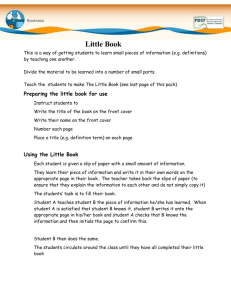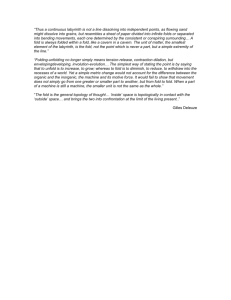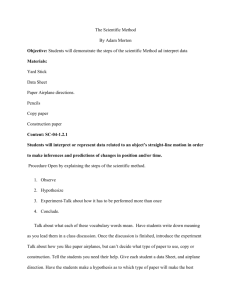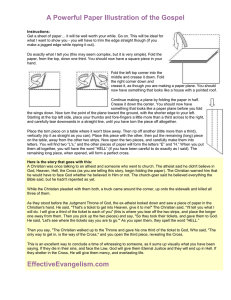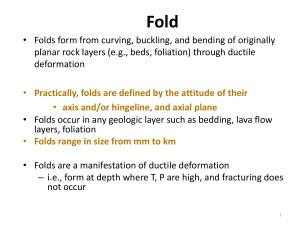Design Process 1. Define the problem 2. Brainstorm 3. Research
advertisement
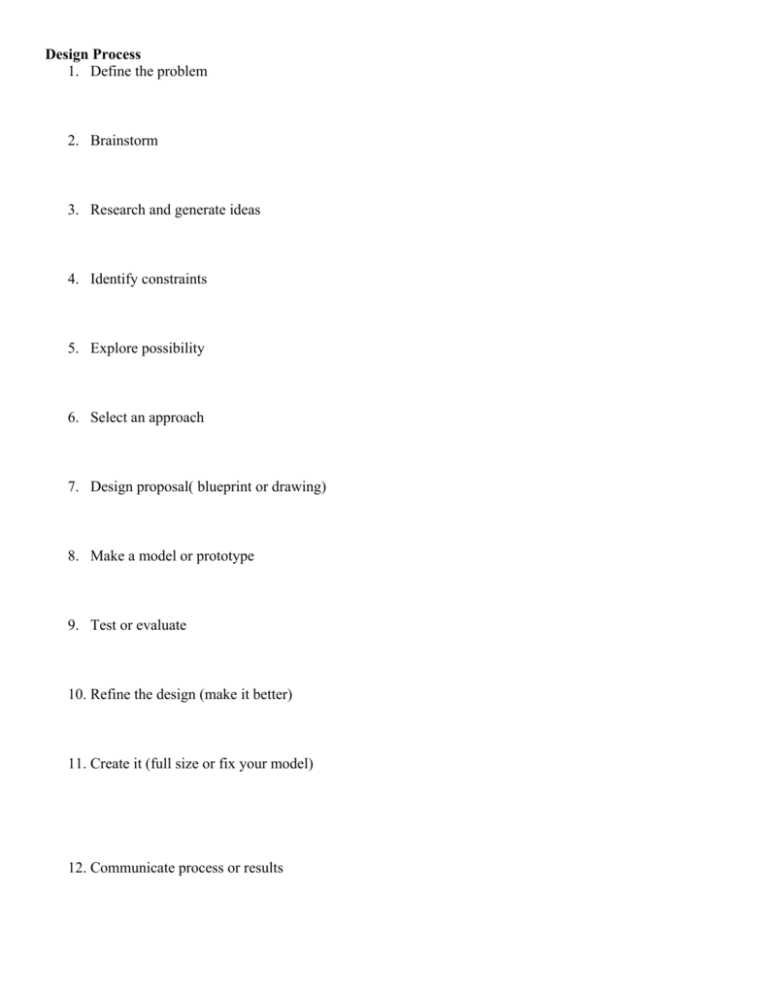
Design Process 1. Define the problem 2. Brainstorm 3. Research and generate ideas 4. Identify constraints 5. Explore possibility 6. Select an approach 7. Design proposal( blueprint or drawing) 8. Make a model or prototype 9. Test or evaluate 10. Refine the design (make it better) 11. Create it (full size or fix your model) 12. Communicate process or results Composite Material Scenario You have been asked to develop a new light weight, high strength building material. The material should be made from readily available scrap materials. This “green” material will help recycle waste and reduce landfills. Essential Questions 1. What is a composite material? 2. How does fiber and structural alignment impact the strength of the material? 3. Describe the benefits of developing new composite materials. Design Brief Design and construct a composite material that has the highest efficiency. Standards Addressed Design Constraints The material sample must be 2 inches wide by 12 inches long and 1 inch thick. You may use: paper, cardboard, cloth, fabric, straws, glue (Wood, Elmer’s, hot melt) Document the process using the 12 steps of engineering design. There must be a 3/8” hole in the center of the piece for the crusher to test it. Composite material http://www.science.org.au/nova/059/059key.htm Polymer Fiber Orientation Activity http://www.lbl.gov/MicroWorlds/Kevlar/KevClue2Act1.html O ut ok O ut ok ! Lo ! Lo Instructions THE PLANE -- Flip the paper over so that the printed fold lines are facing down. -- Turn the corners back to the outside fold lines and crease. Repeat for the next set of folds. -- Fold up along the center line so text is inside and graphics are on the outside. -- Finally fold down each wing. -- Throw briskly and slightly angled up. THE ADJUSTABLE FLAPS -- Cut on sides. -- Fold up to make the plane rise...fold down to make the plane drop. Note: When printing on printers that require a large bottom margin, the adjustable flaps may not print. THE STICK-UP TAIL -- Bring the two angled fold lines together. -- Crease along the top. THE FASTENING CLIP -- Cut on the sides. -- Fold to one side to hold the plane together.
